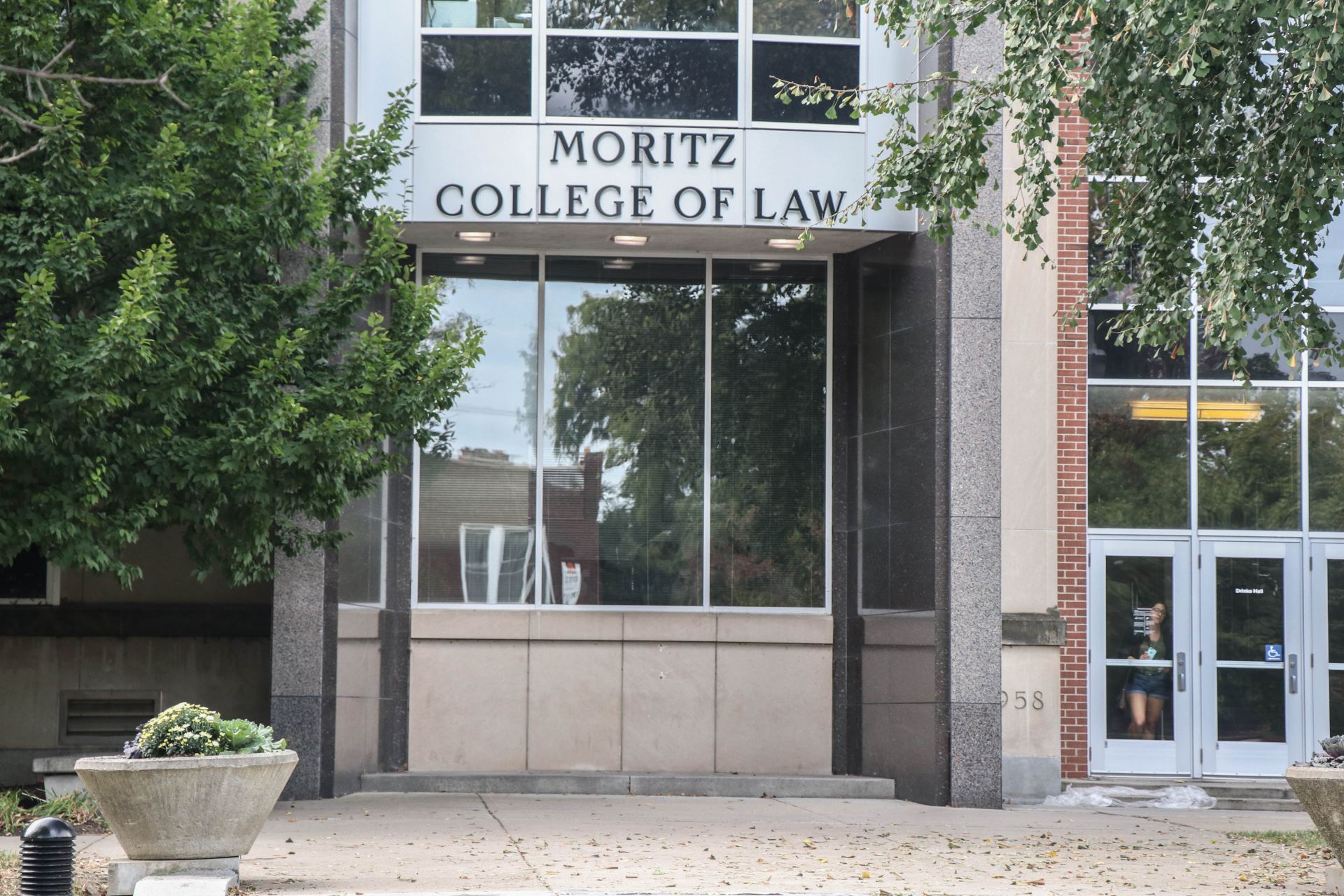
The Moritz College of Law’s Dispute Resolution graduate program was ranked the second best dispute-resolution program in the country in U.S. World News and Report’s 2018 rankings. Credit: Jack Westerheide | Photo Editor
Students going into their fourth year of college have been in school for upward of 16 years. Many are eager to get out of the academic world and start their professional careers, but not everyone has a career path that will allow that.
There are reasons not to rush off of campus, especially at Ohio State. The university has more than 13,000 graduate students across 128 graduate programs, 11 of which are ranked in the top 10 nationally in various categories by the U.S. World News and Report’s 2018 rankings.
Ohio State programs that ranked within the top 10 in their categories include: technical/vocational education, legal dispute resolution, social psychology, student counseling and personnel services education, nursing, doctor of nurse practitioner (DNP), business supply chain/logistics, curriculum and instruction education, international politics, elementary teacher education and part-time MBA.
The Moritz College of Law’s Dispute Resolution graduate program was ranked the second best dispute-resolution program in the country. Dispute resolution focuses on non-litigation styled techniques, such as mediation and negotiation, to aid future attorneys in and out of the courtroom.
The dispute resolution classes are taught by many nationally recognized professors, such as Sarah Rudolph Cole, the program director.
“What’s kind of funny about it all, dispute resolution is a main part of the law. When you watch television shows, you see lawyers in a trial, only about 5 percent of cases go to trial,” Cole said. “There’s a much greater need for problem solvers than actual litigators these days. The dispute resolution program allows students to be both.”
The program even produces its own news source. The Ohio State Journal on Dispute Resolution has been produced for 32 years. Students within the program handle the publication, keeping those interested up to date with what the dispute-resolution program is working on.
“Our students get to work on cutting edge projects and do research with our professors, in the law environment. It’s very unusual for students to work with the faculty in the way that we do here,” Cole said.
The recurring theme for most top graduate programs at Ohio State is shown in the amount of out-of-classroom work students and faculty do.
The student counseling and personnel services education program, one of the most active in the campus community, has found its identity in taking care of Ohio State students directly, Paul Granello, an associate professor and licensed clinical counselor, said.
The program ranks fourth nationally, and thanks to Granello, it has developed other ways to teach students the importance of the program.
Granello helped jumpstart the suicide-prevention program at Ohio State and has also been involved in the stress management and resiliency training lab, which is free for students and is run by many current graduate students.
“I think a big service that we do for the community is that our students are placed in schools and agencies in Columbus, and do a 600-hour internship,” Granello said. “That’s upwards of 15,000 total hours of service to the community. Our program gives back to the community and that’s why we make a difference.”


